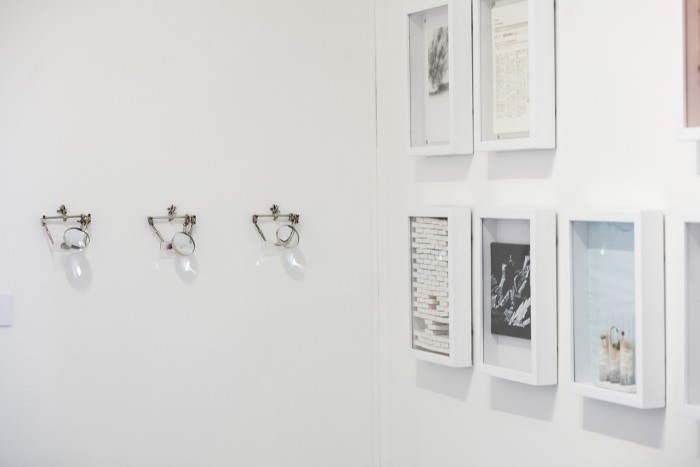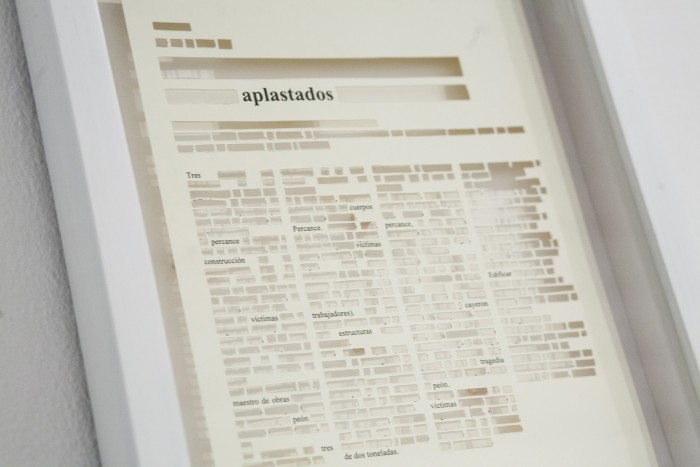Reading time: 2 minutes

03.01.2017
TEOR/éTica, San José, Costa Rica
October 19, 2016 – February 25, 2017



A part of Albertine Stahl’s recent work revolves around a visual reflection on the imaginary of tragedy: accidents, murders, landslides and all forms of apocalyptic representation, that day by day can be found in mass media. This cumulus of juxtaposed images make up what the artist denominates “a new incessant and dreadful landscape of human greatness and misery.”
In this new set of works, the artist explores the over-aestheticization of tragedy. The constant repetition of images of pain, violence and disaster not only register and make evident the havoc these catastrophes cause, but also a change in our relationship to these images, to the point in which we are barely moved by them. In a time of global wars and bloody images, which we can observe simultaneously through digital media, our ties to pain are through the morbidity that consumerism produces.
In a contradictory manner, tragedy has come to be understood through the heroic character; movies and videogames extall characters’ stoicism, whose mission is to sacrifice themselves (or be sacrificed) in a battle that in many cases does not accept middle points. In it, a geography of evil vs. good, innocent vs. guilty, is constructed, creating manichaean and dichotomic ways of understanding the world, the origin of its crises and the social effects of their consequences.
The works gathered here point to how this tragic image is also the opposite of the human condition’s failed attempts to reach some form of greatness, to mark its superiority in relation to all other living elements. We remove ourselves from a natural environment of which we complain and want to dominate, without realizing that that longed need for progress is also the announcement of a precipitous fall; Babel-like skyscrapers, huge flying devices, are all eventually destined to fall.
These works and drawings aim to explore the daily condition of these representations of disaster, their circulation and exploitation, their instrumentalization and consumption. What risks does tragedy incur in by becoming a repetition? Is this then an apology to disgrace? What happens when a portrayed tragedy becomes beautiful and constant? Are these images a rush of adrenaline as an alternative to the daily hassle? How do we represent devastation? Is it possible nowadays for an image to build new forms of empathy?
Comments
There are no coments available.